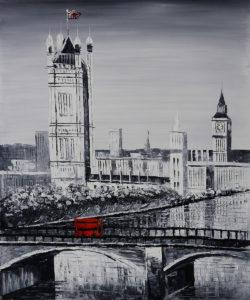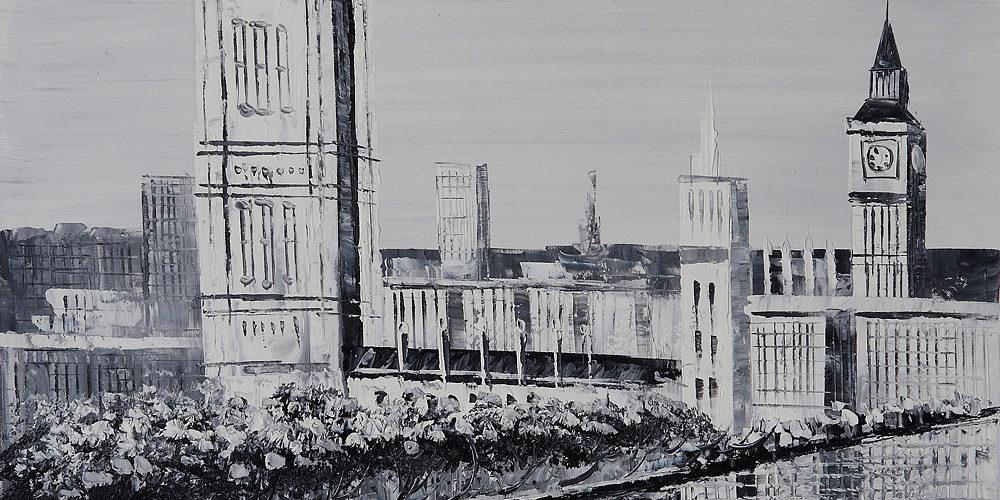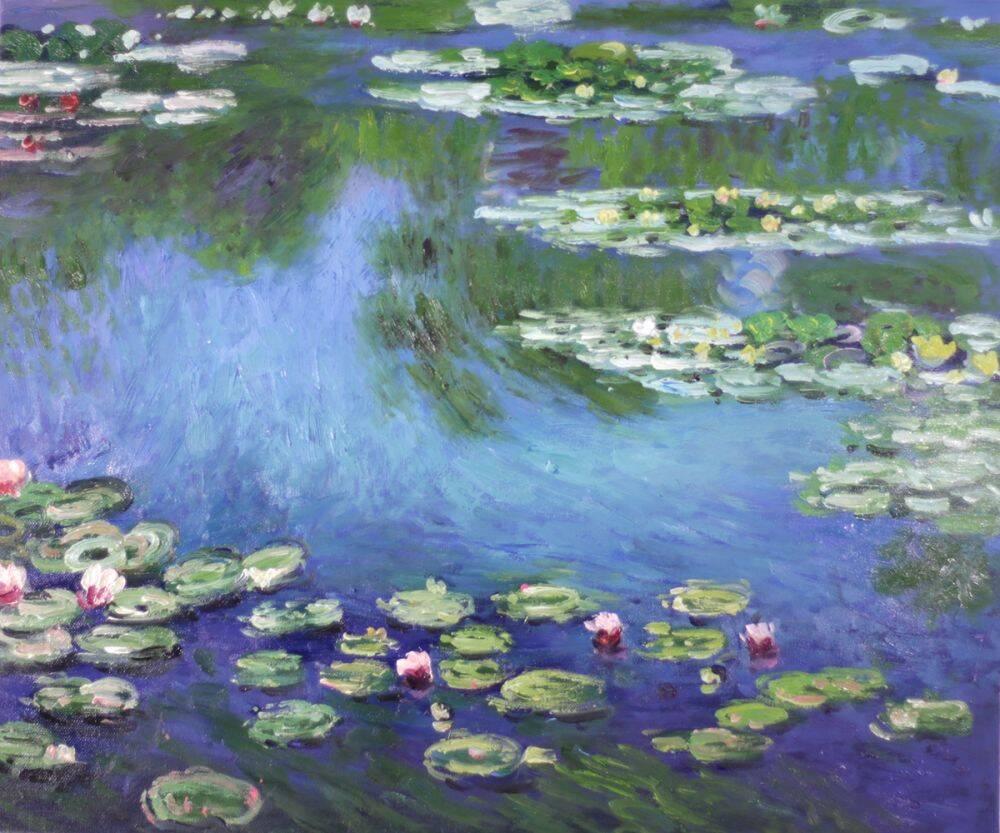Art & Decor Trends
Art Travel Guide
London – Art Gets the Royal Treatment
 This Summer, Britain is in the spotlight. The Olympic craze already has the UK in its grasp. But the first focus is The Queen’s Diamond Jubilee celebrating 60 years on the throne, the second longest reigning monarch in British history, with the center of the celebration coming up. For four days, June 2-5, the UK and the commonwealth realms (Australia and New Zealand, Canada, Antigua and Barbuda, Barbados, Belize, Grenada, Jamaica, Papua New Guinea, Saint Kitts and Nevis, Saint Lucia, Saint Vincent and the Grenadines, the Solomon Islands, and Tuvalu) hit the height of celebration.
This Summer, Britain is in the spotlight. The Olympic craze already has the UK in its grasp. But the first focus is The Queen’s Diamond Jubilee celebrating 60 years on the throne, the second longest reigning monarch in British history, with the center of the celebration coming up. For four days, June 2-5, the UK and the commonwealth realms (Australia and New Zealand, Canada, Antigua and Barbuda, Barbados, Belize, Grenada, Jamaica, Papua New Guinea, Saint Kitts and Nevis, Saint Lucia, Saint Vincent and the Grenadines, the Solomon Islands, and Tuvalu) hit the height of celebration.
Even though we fought for our independence, Americans are still fascinated with the pomp and circumstance of British Royalty. Weddings, births, deaths and scandals, we can’t help but to be intrigued by the monarchy.
Queen Elizabeth II ascended to the throne on February 6, 1952, with her coronation over a year later on June 2, 1953. Born Elizabeth Alexandra Mary Windsor, Queen Elizabeth II was third in line for the throne. At nine, her grandfather King George V died, and the crown passed to her uncle, King Edward VIII who later abdicated the throne less than a year after King George’s death, choosing love (Wallis Simpson) over the position. Elizabeth’s father, Prince George, was then King George VI (highlighted in the film, The King’s Speech). Suddenly, Elizabeth was the heir. At the passing of her father, Elizabeth ascended to the throne and has been seated for 60 years. Only Queen Victoria has reigned longer – 63 years – but Queen Elizabeth II is the oldest monarch to mark a Diamond Jubilee.
In celebration of the Diamond Jubilee, the Royals have numerous cultural events throughout the kingdom, most especially in the museums and historical locations.
 The Royal Collection has several exhibitions throughout Britain – from Edinburgh, Scotland to the heart of London. In London at: Buckingham Palace (The State Rooms, The Royal Mews, The Queen’s Gallery) and Clarence House; in Windsor at: Windsor Castle and Frogmore house; in Edinburgh at: Palace of Holyroodhouse and The Queen’s Gallery at Holyroodhouse.. Among the artists: Michelangelo, da Vinci, and Monet with a host of Flemish, Dutch, English, French, German and Italian works displayed. Vases and decorative art, tapestries, furniture, clocks, photographs, ceramics and jewelry are also part of the Collection.
The Royal Collection has several exhibitions throughout Britain – from Edinburgh, Scotland to the heart of London. In London at: Buckingham Palace (The State Rooms, The Royal Mews, The Queen’s Gallery) and Clarence House; in Windsor at: Windsor Castle and Frogmore house; in Edinburgh at: Palace of Holyroodhouse and The Queen’s Gallery at Holyroodhouse.. Among the artists: Michelangelo, da Vinci, and Monet with a host of Flemish, Dutch, English, French, German and Italian works displayed. Vases and decorative art, tapestries, furniture, clocks, photographs, ceramics and jewelry are also part of the Collection.
At the National Maritime Museum, Royal River: Power, Pageantry and the Thames, explores the relationship between the Queen, London and the River Thames. Although not on display there, Andre Derain’s View of the Thames, captures the spirit of one of the world’s most famous rivers. Then, the National Portrait Gallery stages: The Queen: Art and Image, a touring exhibition of images of the Queen. As a matter of fact, Queen Elizabeth II has sat for 139 official portraits during her lifetime! At the National Gallery in Trafalgar Square, many masterpieces are exhibited. Joseph Mallord William Turner’s works are currently on exhibition through the end of the Jubilee Central Weekend there, while Turner’s famous watercolor, Inside of Tintern Abbey, Monmouthshire, is at the Virginia and Albert museum, but in storage and not on display.
Also of interest during The Queen’s Diamond Jubilee is Claude Monet’s haunting Houses of Parliament series, including: Houses of Parliament, Sunset Effect and London, Houses of Parliament Sun Breaking Through Fog, which is currently on display in Paris’ Musée d’Orsay – only a short plane, train or car ride from London.
If you are lucky enough to be in London soon, take advantage of what The Queen’s Diamond Jubilee offers!




